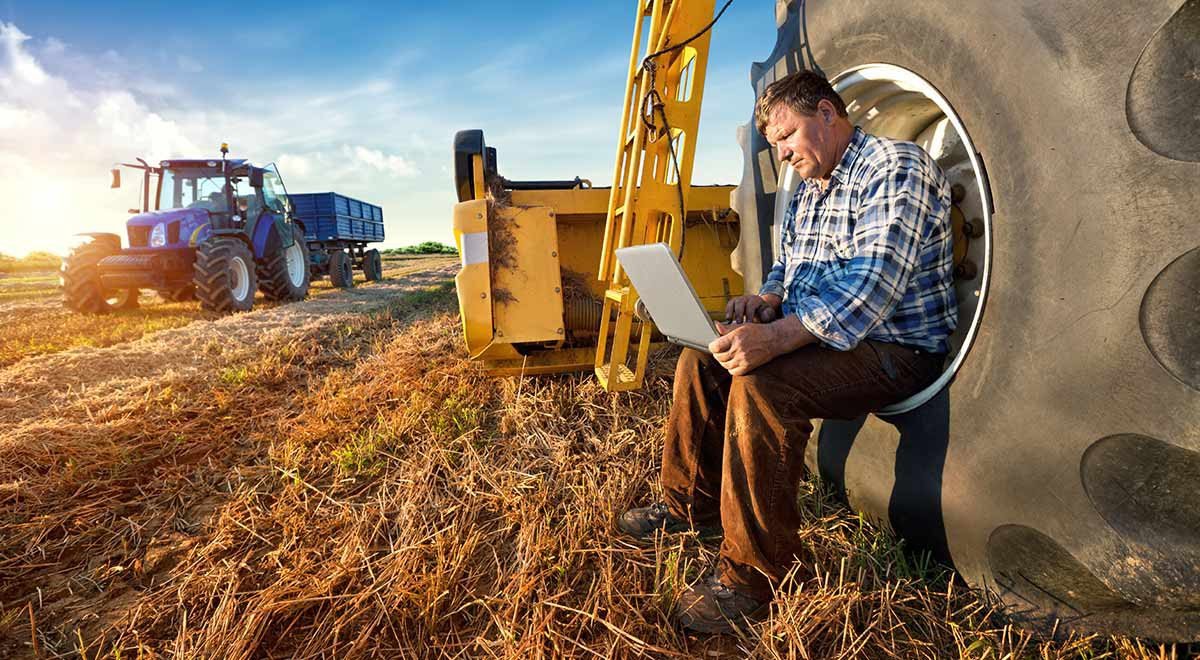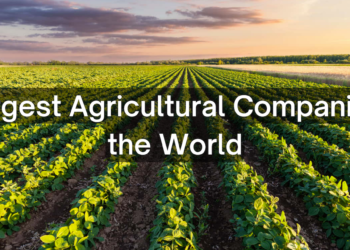This article will discuss agricultural resilience and risk management, including the various factors that can impact the agricultural industry and the strategies that can be used to mitigate and manage risk.
With the increasing threats of climate change, market fluctuations, and other disruptions, it is important for farmers and agro-tech companies to understand the importance of resilience and risk management in ensuring a sustainable and successful agricultural industry.
The agricultural industry is facing an increasing number of challenges, from climate change to market fluctuations, pests and diseases to natural disasters. These challenges have the potential to impact the entire food system, from the farm to the table.
As such, it is important for the agricultural industry to develop strategies for managing risk and building resilience in the face of these challenges. In this article, we will explore the concept of agricultural resilience and risk management, including the various factors that can impact the industry and the strategies that can be used to mitigate and manage risk.
Factors Affecting Agricultural Resilience and Risk Management

There are many factors that can impact the agricultural industry and its ability to be resilient in the face of risk. These factors can be categorized into several broad categories:
- Climate Change: Climate change is one of the most significant threats to the agricultural industry. The changing climate can impact crop yields, soil health, and water availability, among other factors.
- Market Fluctuations: Market fluctuations can impact the profitability of farming operations, with prices for crops and livestock fluctuating based on supply and demand.
- Pests and Diseases: Pests and diseases can devastate crops and livestock, reducing yields and impacting profitability.
- Natural Disasters: Natural disasters such as floods, droughts, wildfires, and hurricanes can have a significant impact on the agricultural industry, destroying crops and infrastructure and disrupting supply chains.
Strategies for Agricultural Resilience and Risk Management
In order to build resilience and manage risk in the agricultural industry, there are a number of strategies that can be employed. These strategies can be categorized into several broad categories:
- Diversification: Diversification can help farmers to spread risk by growing multiple crops or raising multiple livestock species. This can help to mitigate the impact of market fluctuations, pests and diseases, and natural disasters.
- Sustainable Farming Practices: Sustainable farming practices such as conservation tillage, cover cropping, and crop rotation can help to build soil health, increase resilience to climate change, and reduce the impact of pests and diseases.
- Crop Insurance: Crop insurance can help to protect farmers from the financial impact of natural disasters and other risks, providing a safety net for farming operations.
- Improved Infrastructure: Improved infrastructure, including irrigation systems, drainage systems, and transportation networks, can help to mitigate the impact of natural disasters and other risks.
- Risk Management Planning: Risk management planning involves identifying and assessing risks and developing strategies for mitigating those risks. This can include developing emergency response plans, diversifying income streams, and developing contingency plans for potential disruptions.
- Agro-Tech Solutions: Agro-tech solutions such as precision agriculture, soil sensors, and remote sensing can help to increase crop yields, reduce the impact of pests and diseases, and improve resilience to climate change.
Case Studies of Agricultural Resilience and Risk Management

To better understand the importance of agricultural resilience and risk management, it is helpful to examine some case studies of successful strategies used by farmers and agro-tech companies. Here are a few examples:
- Diversification: One farmer in Kansas, USA, recognized the risks associated with relying on a single crop and decided to diversify his farming operation by adding livestock to his farm. This not only helped to spread risk but also increased the health of the soil and the quality of the crops he grew.
- Sustainable Farming Practices: A farmer in Uganda adopted sustainable farming practices such as conservation tillage and intercropping, which helped to improve soil health and reduce the impact of drought on his crops. This led to increased yields and improved profitability for his farm.
- Crop Insurance: After a devastating flood destroyed his entire crop, a farmer in India was able to recover quickly thanks to crop insurance, which provided him with financial support to rebuild his farm.
- Improved Infrastructure: Following a series of hurricanes in Puerto Rico, a group of farmers banded together to improve their irrigation and drainage systems. This helped to mitigate the impact of future storms, improving the resilience of their farms.
- Risk Management Planning: A farmer in Australia developed a risk management plan that included diversifying his income streams, reducing his reliance on a single crop, and developing contingency plans for potential disruptions such as droughts or market fluctuations. This helped to protect his farm from the impact of these risks and ensured long-term profitability.
- Agro-Tech Solutions: An agro-tech company in Israel developed precision irrigation systems that help farmers to optimize water use, reducing the impact of droughts and improving crop yields. This technology has been adopted by farmers around the world, helping to build resilience and increase profitability.
Conclusion
In conclusion, agricultural resilience and risk management are critical components of a sustainable and successful agricultural industry. By understanding the various factors that can impact the industry and employing strategies such as diversification, sustainable farming practices, crop insurance, improved infrastructure, risk management planning, and agro-tech solutions, farmers and agro-tech companies can build resilience and manage risk, ensuring a stable food supply for future generations.
While there are many challenges facing the agricultural industry, there are also many opportunities for innovation and growth. By working together and embracing new technologies and practices, farmers and agro-tech companies can continue to adapt and thrive in the face of risk and uncertainty.








